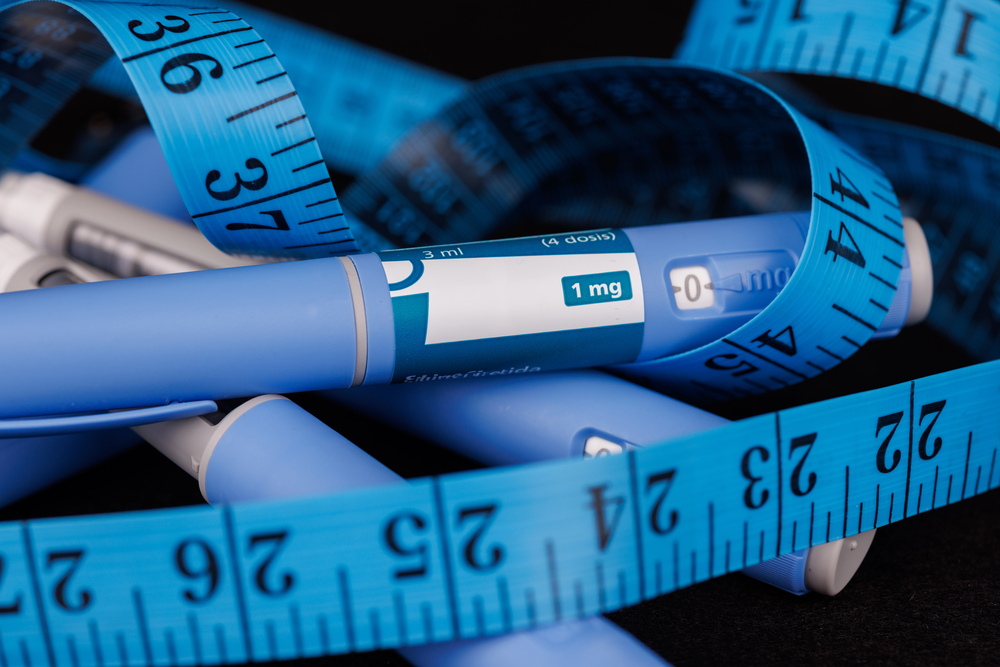Safety checks are a big part of any injection routine, but some people may wonder what to actually do before using semaglutide. Everyone should confirm the correct dose, check the medication for any changes in color or particles, and make sure the injection site is clean and free from redness or irritation. It’s also important to use a new, sterile syringe or needle every time to prevent infection.
Patients who use a compounded semaglutide dosage guide can follow dosing instructions from their provider and double-check that the marked dose on the syringe matches what was prescribed. Taking time to go through each safety check helps lower the risk of side effects and makes the experience safer and more comfortable.
Safety Checks Before Injecting Semaglutide
Injecting semaglutide safely involves careful preparation, attention to medication quality, and clean technique. Each step reduces the chance of complications and helps the medicine work as expected for type 2 diabetes or weight loss.
Verify the Correct Medication and Dosage
Patients should always double-check both the name and dose of the medication before use. Semaglutide products may come under different names, and the labels can be confusing if more than one injectable medicine is stored at home. Look for the label that says “semaglutide” and check that the dose matches the doctor’s prescription.
Carefully read the dose dial and instructions printed on the injector pen or vial. Misreading the dosage or using the wrong product is a common mistake that can cause low or high blood sugar or missed treatment goals. If in doubt, never inject until clarity is reached. Always confirm the medicine with what was prescribed for either type 2 diabetes or weight management.

Inspect the Semaglutide Solution and Expiry Date
Before injecting, always examine the medication’s appearance and check the expiry date printed on its packaging or pen. The solution is supposed to be clear and colorless. If it looks cloudy, yellowed, has particles floating in it, or has changed in consistency, do not use it.
Expired semaglutide may not work correctly or could lead to side effects. Using medicine past the expiration date can make weekly injections less predictable for blood sugar or weight loss results. Always look for the exact expiration date and replace the pen or vial if it is past that time.
Proper Storage and Handling of Medication
Unopened semaglutide pens and vials should be kept in the refrigerator between 36°F and 46°F (2°C and 8°C) and away from direct sunlight and heat. They must never be frozen or placed near a freezer compartment.
Once opened and after the first use, pens can be stored at room temperature below 86°F (30°C) and should be used within 56 days. Placing an opened pen back in the refrigerator is not needed and, in some cases, not recommended. Incorrect storage can damage the medication and affect treatment for type 2 diabetes or weight loss.
To make things easier:
| Status | Storage Location | Time to Use After Opening |
| Unopened | Refrigerator only | Until expiry date |
| After opening | Room temp (<86°F/30°C) | Use within 56 days |

Gather Sterile Supplies and Prepare Injection Site
Always gather the correct supplies before starting: a new semaglutide pen needle or syringe (never reuse), alcohol swabs, and a sharps container for disposal. Using a fresh needle for every injection helps prevent infections and keeps the injection as comfortable as possible.
Clean hands with soap and water. Wipe the skin where the medicine will go with an alcohol swab. The best places for a subcutaneous injection are the front or side of the thigh, the abdomen (at least 2 inches away from the belly button), or the upper arm. Rotate spots each week to prevent skin irritation or lumps, which can affect the medicine’s absorption.
Preparation steps include:
- Washing hands well
- Cleaning the injection area and letting it dry completely
- Using a new, sterile needle for every injection
- Keeping all used needles and supplies in a sharps container
Attention to these details helps make every weekly injection of semaglutide as safe and effective as possible.
Safe Injection Practices and Aftercare
Safe use of semaglutide injection involves careful preparation, safe technique, and proper follow-up. Steps like choosing the right body site, preparing supplies, and watching for side effects help protect health and support weight management.

Choose and Rotate Injection Sites
Semaglutide is usually injected under the skin, also called subcutaneous injection. Recommended areas include the front of the thighs, the upper arms, or the lower part of the belly, staying about two inches away from the navel.
Rotating the spot each time helps avoid skin irritation, lumps, or hard patches. Switching between different areas, or different spots within the same area, helps the medicine absorb the same each time.
A simple way to keep track is to mark a calendar or chart with each injection’s location. Avoid injecting into areas that look red, bruised, or have scars.
Follow Proper Subcutaneous Injection Technique
Before starting, gather supplies: alcohol swabs, a new sterile needle and syringe or pen needle, the medication, and a sharps container. Wash hands with soap and water.
Clean the skin using an alcohol swab and let it dry. Pinch a fold of skin to create space between the skin and muscle. Insert the needle at a 45 to 90 degree angle, depending on the device and amount of fat under the skin.
Push the plunger down steadily until all medication is given, then withdraw the needle. Do not rub the injection site. If bleeding happens, gently press with a clean cotton ball.
Dispose of Needles and Supplies Safely
Used needles, syringes, and pen tips can carry germs and should be put into a sharps container right away. Never recap, bend, or break needles before disposal to prevent injury.
A sharps container should be leak-proof and puncture-resistant. If a special container is not available, a sturdy plastic bottle with a secure lid (such as a laundry detergent bottle) may be used in an emergency.
Keep the sharps container out of reach of children and pets. Do not throw loose needles or lancets in the regular trash or down the toilet.

Monitor for Side Effects and Blood Sugar Changes
After giving a semaglutide injection, common side effects may include mild swelling or tenderness at the site, nausea, or digestive changes. Watch for signs of low blood sugar, such as shakiness, sweating, confusion, or fast heartbeat, especially if taken with other diabetes drugs or insulin.
Check blood sugar levels as advised. Keep quick-acting glucose tablets or snacks available to raise low blood sugar quickly if needed. Severe low blood sugar may require glucagon.
Contact a healthcare provider right away for trouble breathing, ongoing vomiting, severe stomach pain, or strong allergic reactions. Keep records of side effects and blood sugar for future appointments.
Conclusion
Taking the time to check supplies, inspect the medication, and follow clean injection steps helps make semaglutide injections safer. Double-checking the dose and rotating the injection site can lower the chance of problems.
Staying alert for any unusual reactions or changes after the shot is important. By following these safety steps, people can feel more comfortable managing their treatment.
Image Credit: depositphotos.com






























